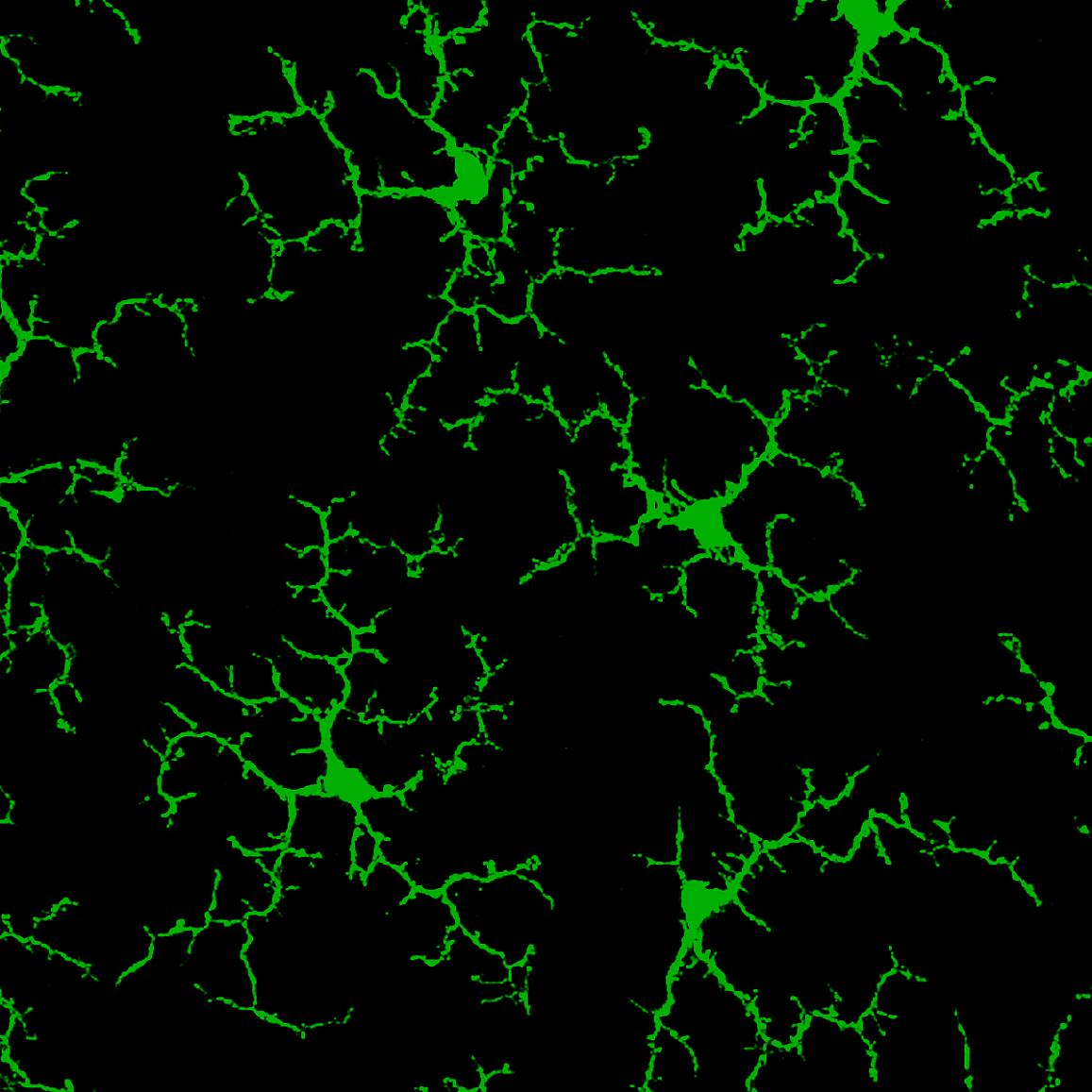Immune cells in the retina can spontaneously regenerate
NIH discovery in mice could lead to therapies to reduce vision loss from diseases of the retina
Immune cells called microglia can completely repopulate themselves in the retina after being nearly eliminated, according to a new study in mice from scientists at the National Eye Institute (NEI). The cells also re-establish their normal organization and function. The findings point to potential therapies for controlling inflammation and slowing progression of rare retinal diseases such as retinitis pigmentosa (RP) and age-related macular degeneration (AMD), the most common cause of blindness among Americans 50 and older. A report on the study was published online today in Science Advances. The NEI is part of the National Institutes of Health.
“Neuroinflammation is an important driver of the death of neurons in retinal diseases,” said Wai T. Wong, M.D., Ph.D., chief of the NEI Section on Neuron-Glia Interactions in Retinal Disease, and the study’s lead investigator. “Our study is foundational for understanding ways to control the immune system in the retina.” Control of the immune system is important for developing new treatments for a variety of eye conditions, including AMD, RP, or for certain types of retinal injury.
This page was last updated on Friday, January 21, 2022
